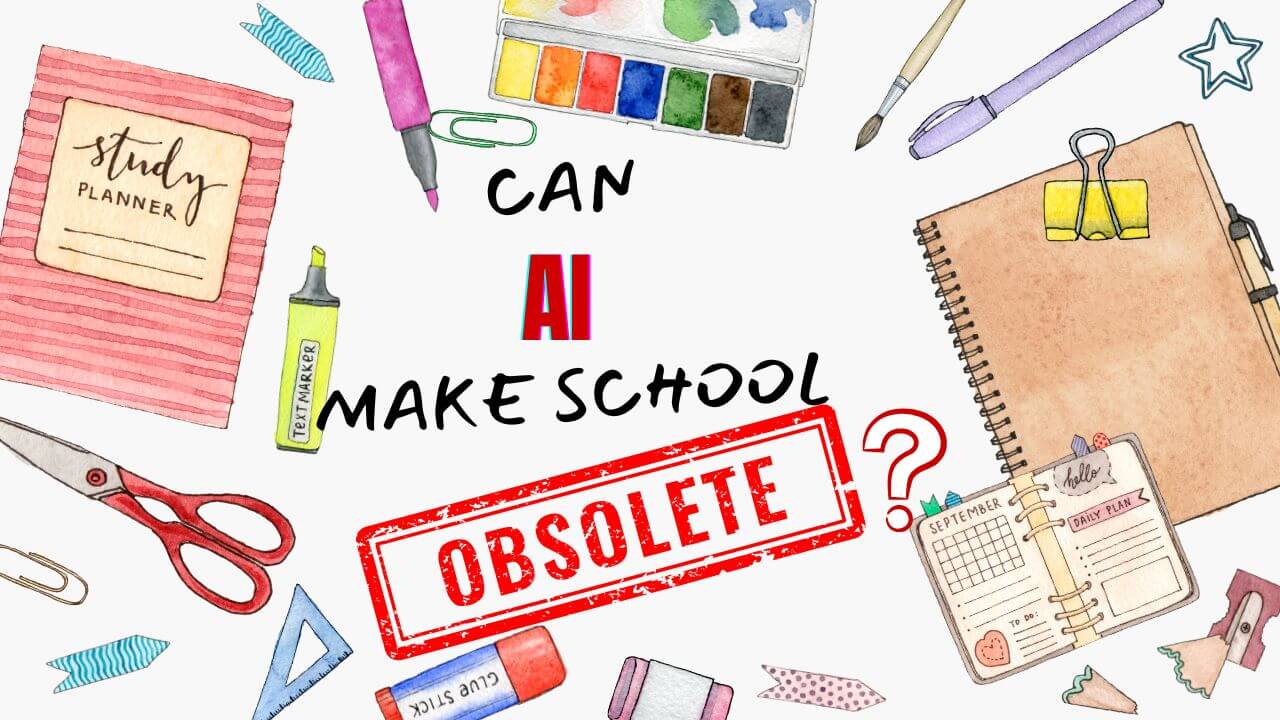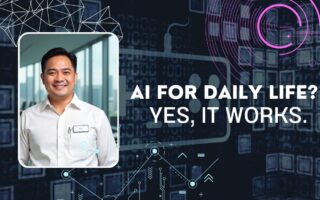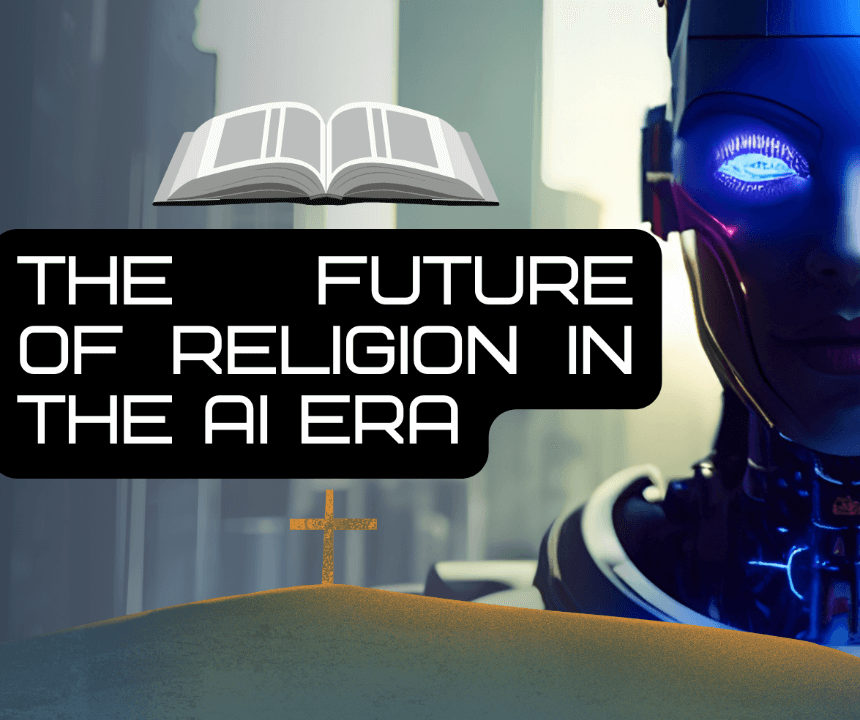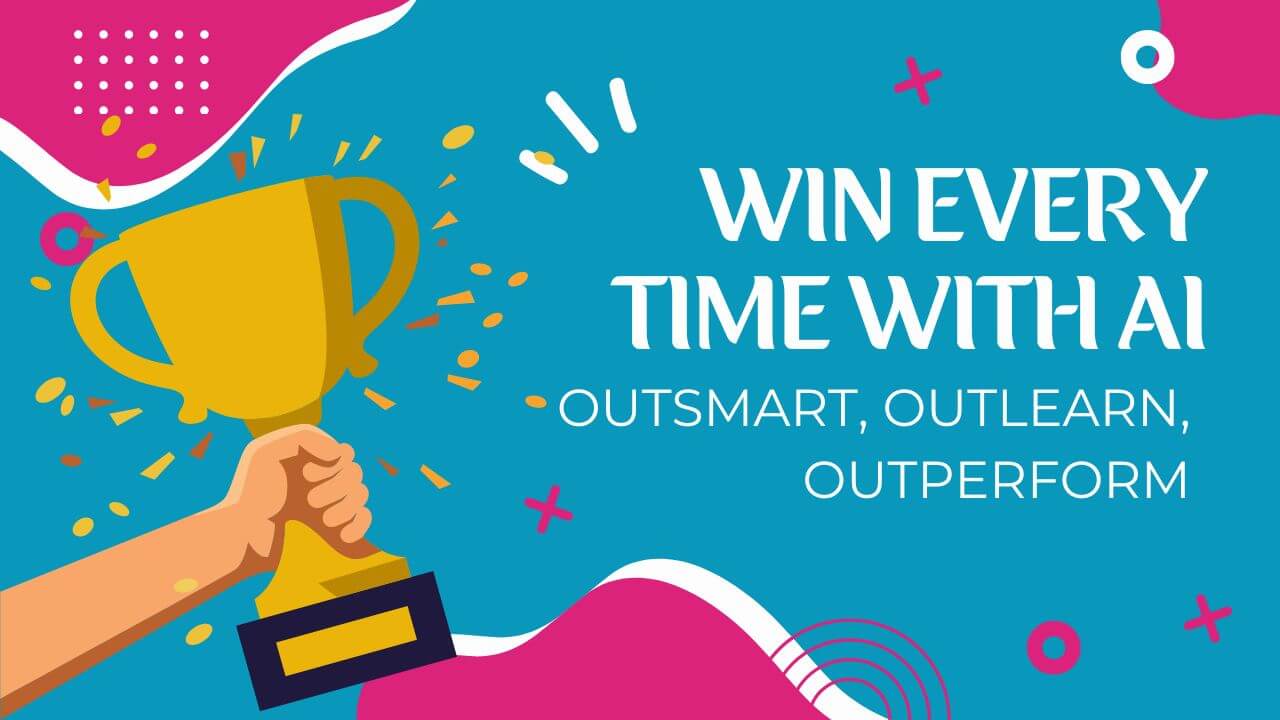🎓 Diplomas Without Direction: The Graduate Unemployment Crisis
According to the Philippine Statistics Authority (PSA), 2.38 million Filipinos were unemployed as of July 2024, a sharp rise from 1.62 million in June. A major reason? Fresh graduates from college and senior high school are entering the labor force but are failing to find jobs.
Here’s the breakdown:
- 6.89 million youth (ages 15–24) entered the labor force in July 2024
- 1.02 million of them—14.8%—were unemployed, contributing to 43% of total joblessness that month
- Among college graduates specifically, 673,000 were unemployed as of February 2025, up from 666,000 in January
This means that even with a diploma, many young Filipinos are struggling to find work—especially in roles that haven’t adapted to AI-era demands. It reinforces the urgency behind the Ghost Graduates phenomenon and the call for AI-first, skills-based education.
📊 Graduate Unemployment in the Philippines (2022–2025)
Here’s a visual snapshot of college graduate unemployment over the past three years, based on PSA data via CEIC and Trading Economics2:
| Month & Year | College Graduate Unemployed (in thousands) |
|---|---|
| Feb 2021 | 1,038 |
| Dec 2023 | 536 |
| Jan 2024 | 579 |
| Jan 2025 | 666 |
| Feb 2025 | 673 |
> Source: CEIC Data, Trading Economics, Philippine Statistics Authority
🧠 The Skills Mismatch Nobody Wants to Talk About
While schools continue to teach outdated software and workflows, the job market is demanding something else entirely: AI fluency, digital collaboration, and adaptive thinking. Yet many graduates are still being trained for roles that are already being automated or outsourced.
This isn’t just a gap—it’s a growing disconnect between education and employability.
🛠️ What AI-First Education Should Look Like
- Prompt literacy across subjects: Students learn how to collaborate with AI tools to think critically, not just complete tasks
- AI as a co-learner: From journaling to brainstorming, students use AI to reflect, simulate, and iterate
- Hybrid teamwork: Group projects include both human and AI collaborators, teaching students how to manage digital workflows
- Ethics and context: Students explore the social impact of AI, especially in Filipino communities and industries
🇵🇭 Why This Matters Now
The Philippines has long been known for its global talent. But talent without relevance is a missed opportunity. If we don’t modernize our education system, we risk producing more ghost graduates—visible on paper, invisible in practice.
As explored in Can AI Make School Obsolete (And Why That’s Good), the current system is still rooted in rote memorization, rigid grading, and outdated metrics of success. Meanwhile, AI-powered learning is already reshaping how students in other countries learn through adaptive feedback, real-time simulations, and personalized learning paths.
The article warns: “If we keep teaching students to memorize what AI can already generate, we’re not preparing them—we’re replacing them.”
To stay globally competitive, Filipino education must shift from content delivery to skills cultivation, especially in areas like critical thinking, ethical reasoning, and AI collaboration. Otherwise, we’re not just falling behind—we’re training students for a world that no longer exists.
🧭 Final Thought: Don’t Just Graduate—Adapt
A diploma is no longer a guarantee of employment. It’s a starting point. What matters now is whether students are equipped to learn, unlearn, and relearn in a world shaped by AI.
Because the future won’t wait for outdated syllabi. And neither should we.





